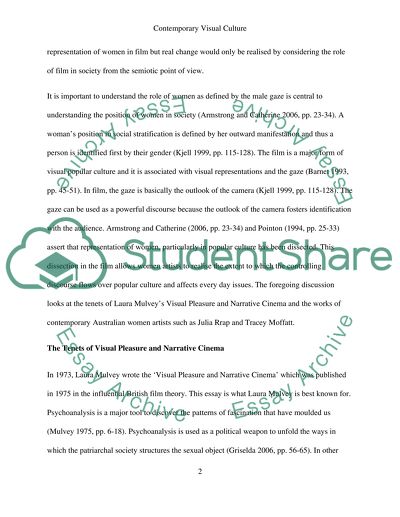Cite this document
(Contemporary Visual Culture: Representation of Women Term Paper, n.d.)
Contemporary Visual Culture: Representation of Women Term Paper. Retrieved from https://studentshare.org/sociology/1570406-contemporary-visual-culture-major-essay
Contemporary Visual Culture: Representation of Women Term Paper. Retrieved from https://studentshare.org/sociology/1570406-contemporary-visual-culture-major-essay
(Contemporary Visual Culture: Representation of Women Term Paper)
Contemporary Visual Culture: Representation of Women Term Paper. https://studentshare.org/sociology/1570406-contemporary-visual-culture-major-essay.
Contemporary Visual Culture: Representation of Women Term Paper. https://studentshare.org/sociology/1570406-contemporary-visual-culture-major-essay.
“Contemporary Visual Culture: Representation of Women Term Paper”, n.d. https://studentshare.org/sociology/1570406-contemporary-visual-culture-major-essay.


